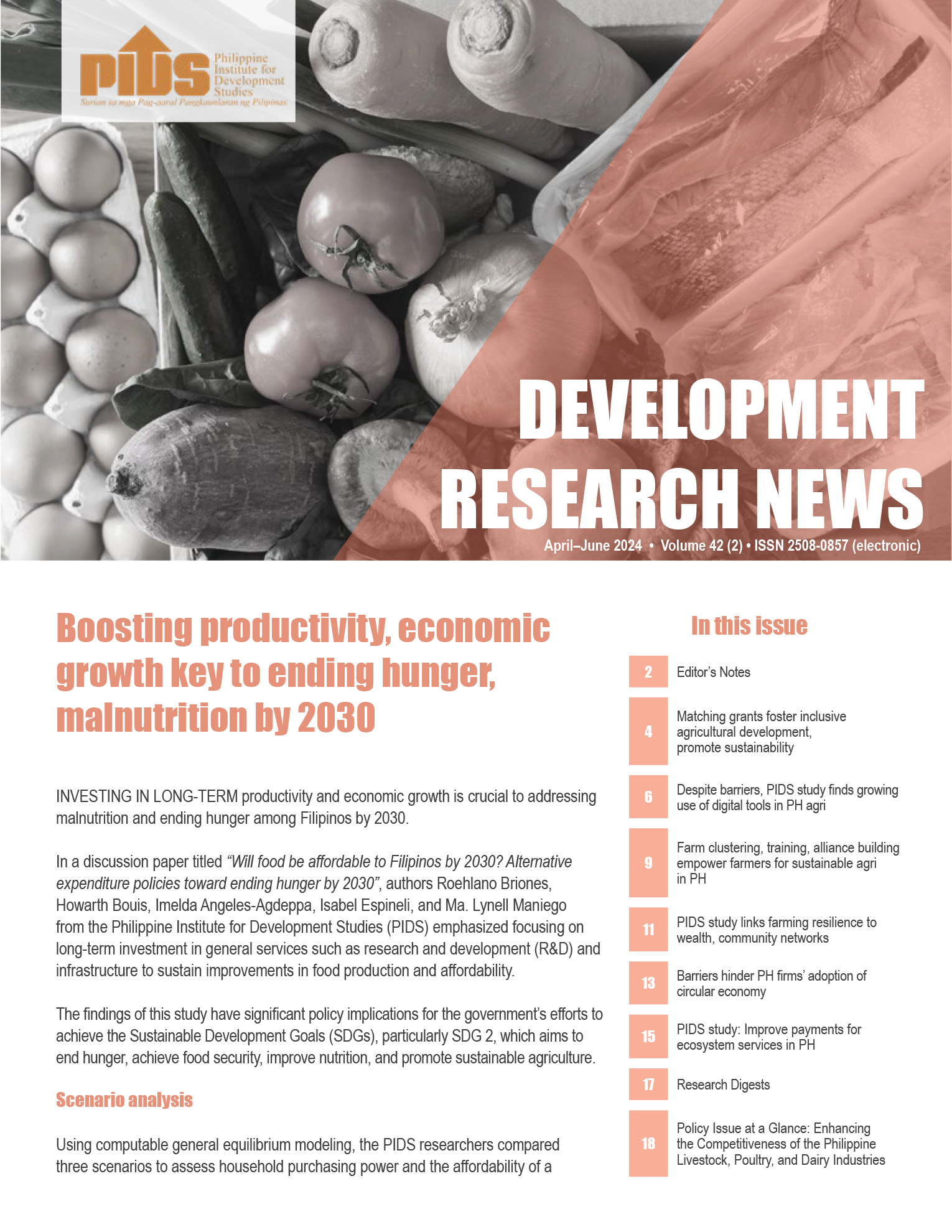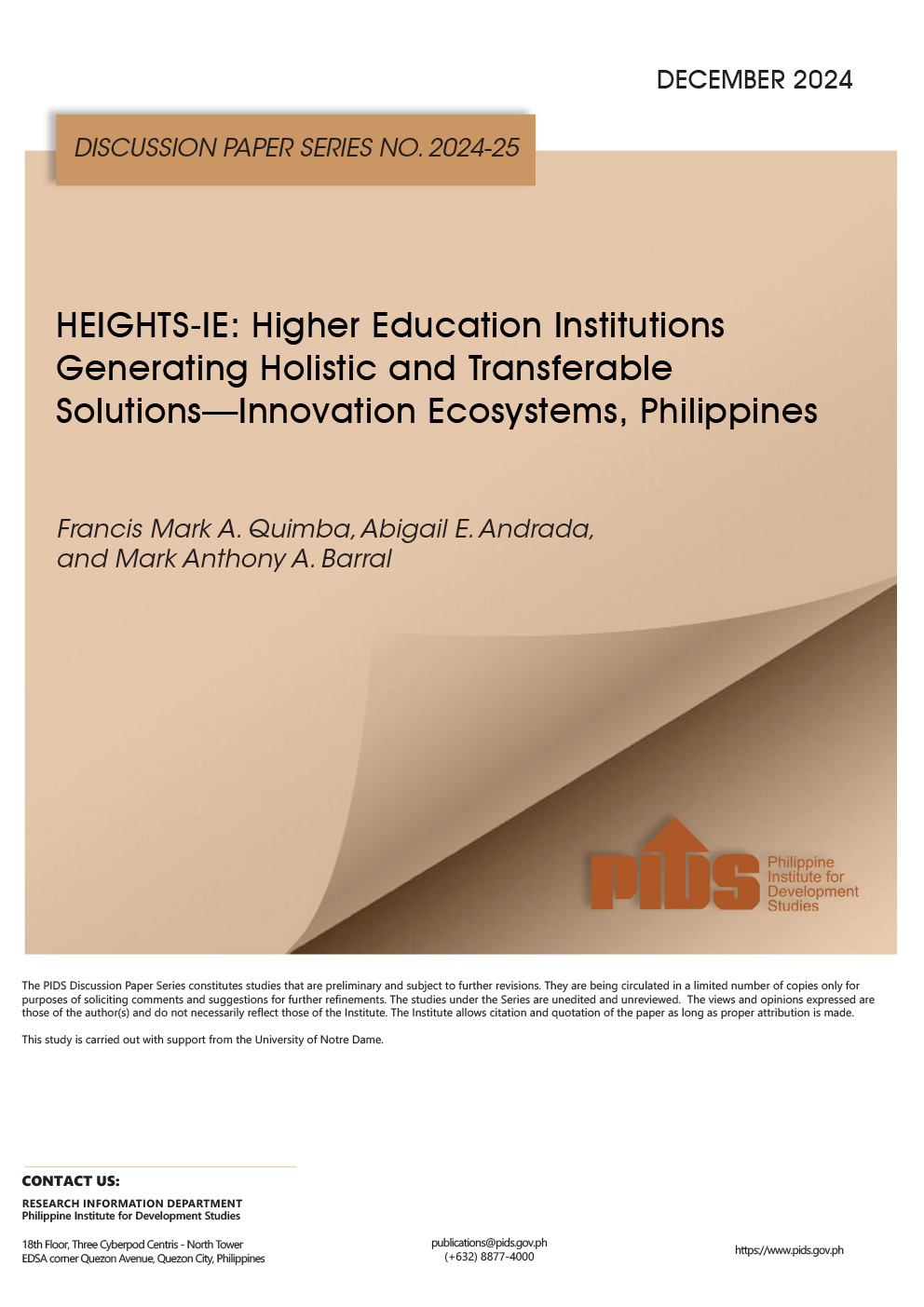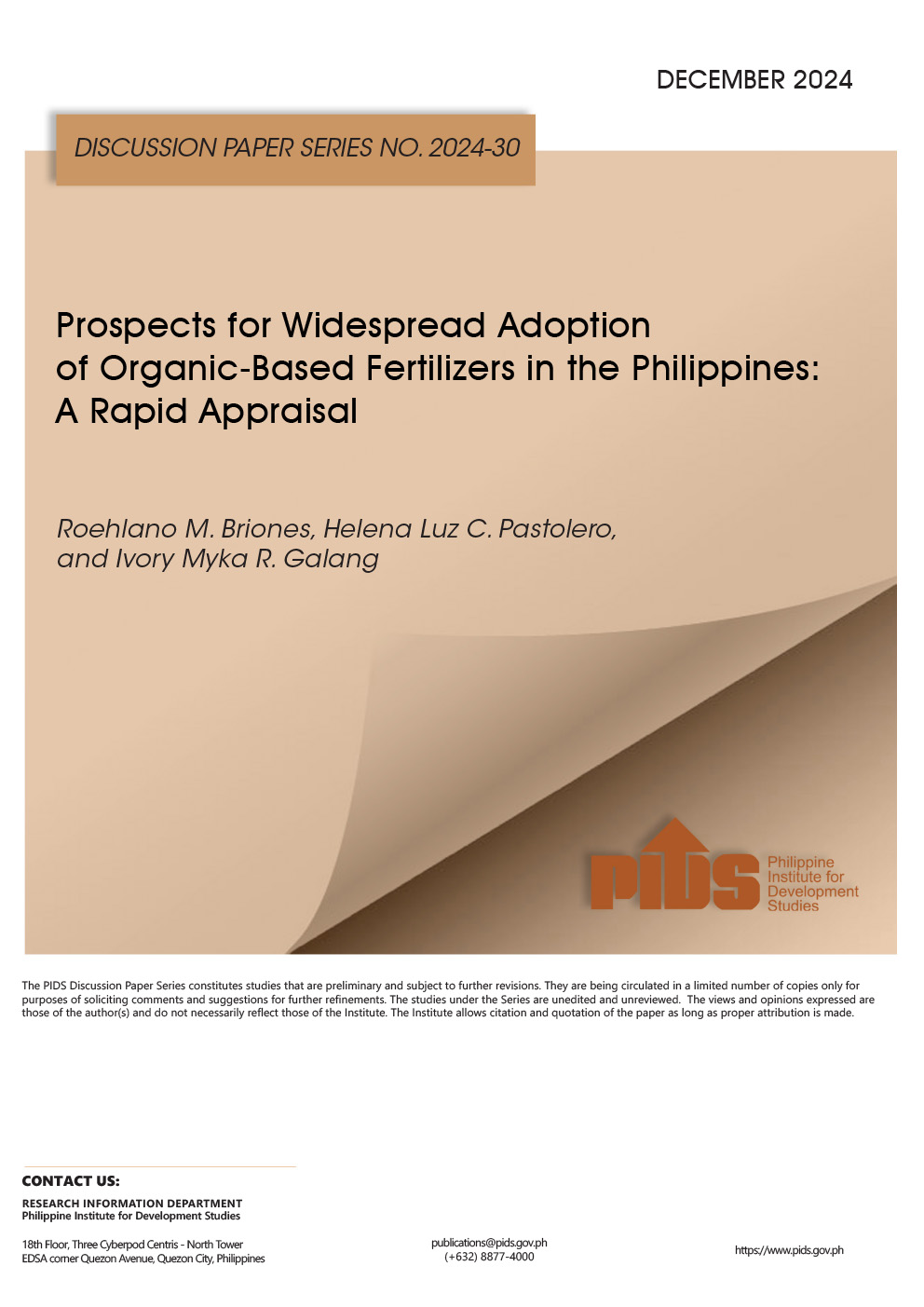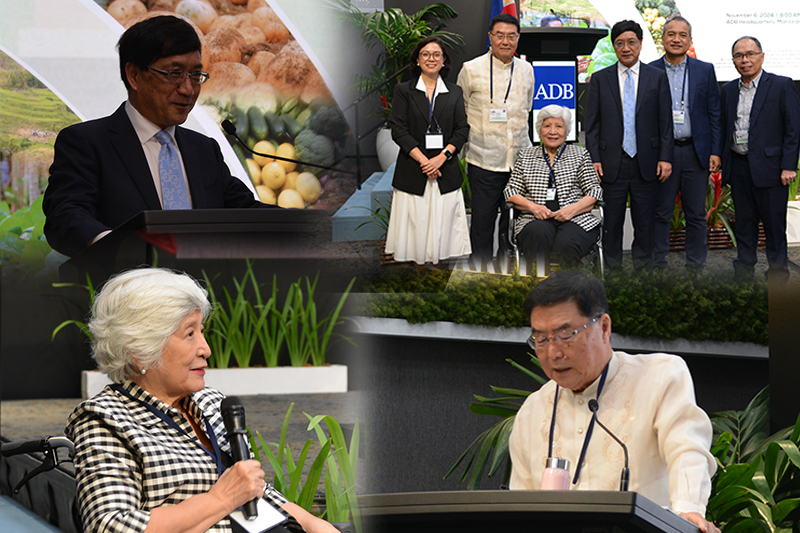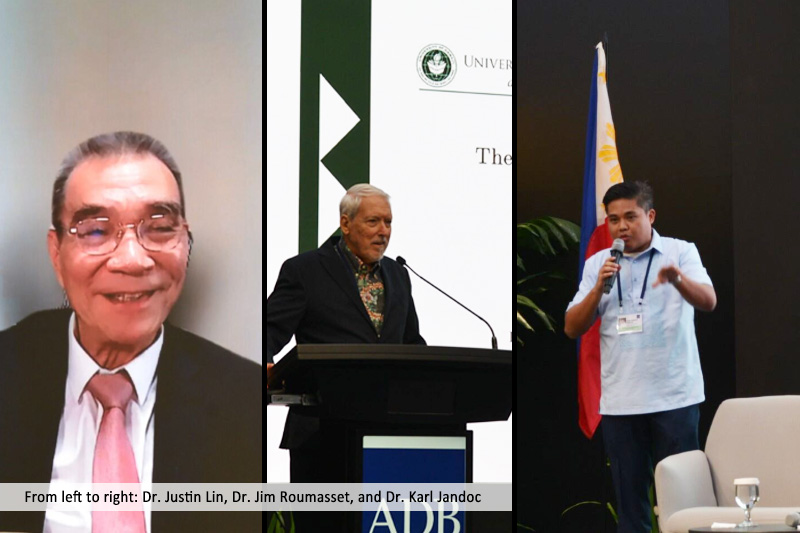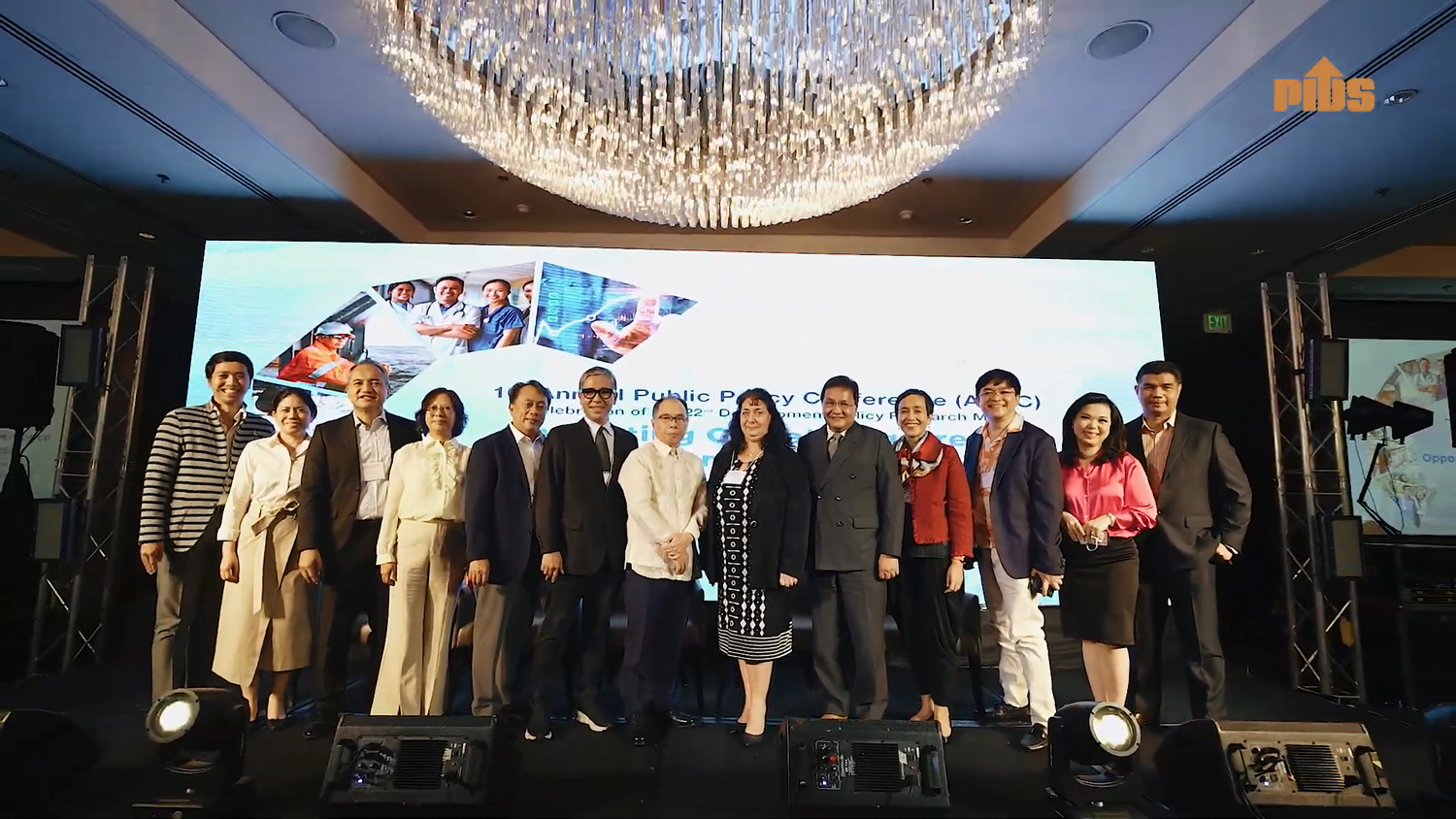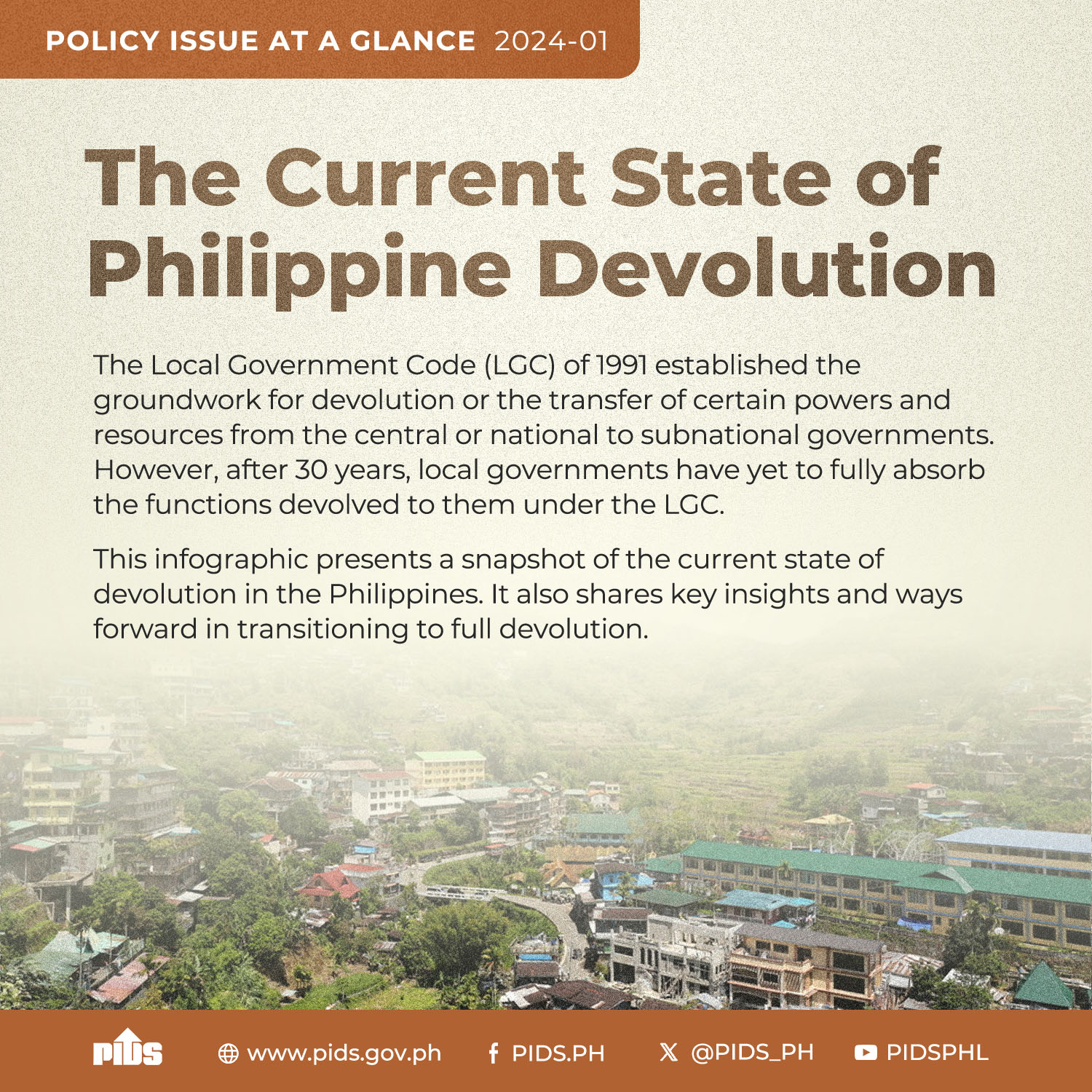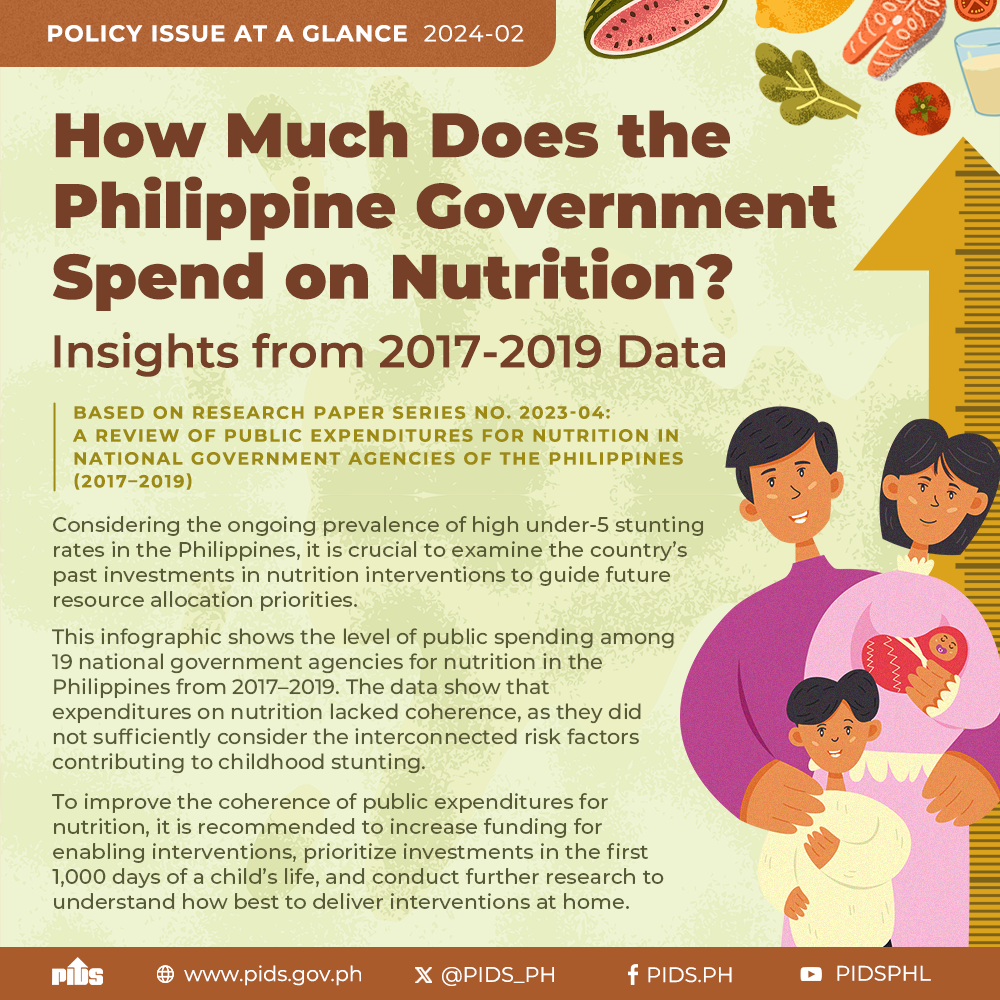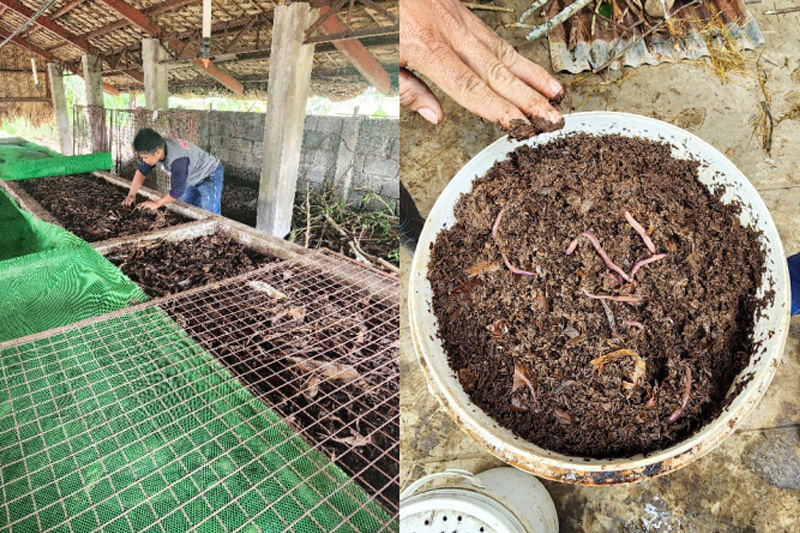
The rising cost of chemical fertilizers in the Philippines has sparked renewed interest in organic farming methods, as farmers and experts seek more affordable and sustainable alternatives. However, while organic-based fertilizers offer significant long-term benefits for soil health, they cannot fully replace inorganic fertilizers due to the insufficient domestic supply. Furthermore, despite the growing support for organic solutions, government policies continue to prioritize subsidies for chemical fertilizers, limiting the widespread adoption of organic alternatives.
A recent study by the Philippine Institute for Development Studies (PIDS), titled “Prospects for Widespread Adoption of Organic-Based Fertilizers in the Philippines: A Rapid Appraisal” explores these challenges surrounding fertilizer use and its impact on Philippine agriculture. Authored by PIDS Research Fellow Dr. Roehlano Briones, former Supervising Research Specialist Ivory Myka Galang, and Project Technical Assistant Helena Luz Pastolero, the study raises critical concerns about balancing sustainability, food security, and supply constraints in light of the country’s ongoing fertilizer crisis.
The cost of urea fertilizer, the most commonly used chemical fertilizer, surged to nearly PHP 3,000 per sack in May 2022—almost triple its price from January 2021. This drastic increase in cost has led to a renewed interest in organic alternatives. However, in response, the Department of Agriculture rolled out large fertilizer subsidies, which primarily focus on inorganic fertilizers. Although prices have since dropped to PHP 1,500 to 1,600 per sack, the subsidy program remains in place, with PHP 9.6 billion allocated for rice production subsidies alone in 2024.
Despite the known environmental consequences of excessive inorganic fertilizer use—such as soil degradation and water eutrophication—many farmers continue to rely heavily on them due to the perceived benefits in crop yields. “Farmers perceive that high utilization of inorganic fertilizers can result in high crop yields, which motivates many of them to utilize inorganic fertilizers intensively,” the authors noted. However, the authors also pointed out that the prolonged use of these fertilizers can lead to “nutrient mining,” where essential soil nutrients are not replenished.
Although there is growing awareness of the disadvantages of inorganic fertilizers, transitioning to organic fertilizers presents its own set of challenges. Organic methods, while more sustainable, often require higher initial investment and are not always readily available in some regions. Small-scale farmers, particularly those in rural areas, face additional barriers, such as limited access to markets and resources for sourcing organic fertilizers. “There is considerable supply potential, although a limiting factor is availability of raw materials, namely animal and plant waste, and the cost of collecting these materials,” the authors emphasized.
Nevertheless, the study identifies growing potential for organic-based fertilizers, especially in vegetable farming. “There are favorable prospects for expanding organic-based fertilizer utilization among farmers in the Philippines, as long as difficulties in obtaining adequate raw materials, as well as in marketing of organic-based fertilizers, can be overcome,” the authors suggested.
To address the fertilizer crisis, the study recommends a gradual shift in government policy, including strengthening the National Organic Agriculture Program (NOAP), a government initiative that promotes organic farming and sustainable agricultural practices. One key recommendation is to expand the use of Participatory Guarantee Systems (PGS), an affordable, community-based certification system for organic products. The study also suggests a coordinated effort to promote organic labeling for packaged goods, encouraging retailers to adopt these labels.
Furthermore, the study advocates for a phased repurposing of fertilizer subsidies, gradually redirecting funds from inorganic fertilizers to organic fertilizers and biofertilizers. “Subsidies for organic-based fertilizers should encourage widespread adoption of Balanced Fertilization Strategies (or, in some cases, full organic farming),” the authors stated, with the goal of phasing out the subsidies once farmers have sustainably adopted new practices.
The study also stresses the importance of investing in research and development, particularly in soil mapping and extension services for farmers. It recommends establishing a value chain program to develop the biofertilizer and organic fertilizer industries, which is vital for long-term agricultural sustainability.
Read full study at https://bit.ly/pidsdp2024-30. ###

